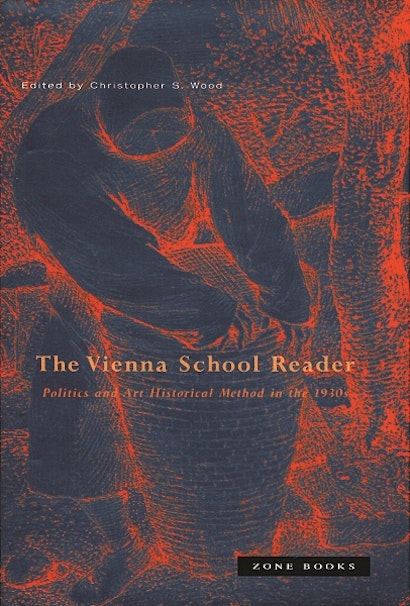The Vienna School Reader: Politics and Art Historical Method in the 1930s


Paperback
- Price:
- $28.95/£22.00
- ISBN:
- Published:
- Mar 10, 2003
- Copyright:
- 2000
- Pages:
- 488
- Size:
- 6 x 9 in.
- 58 b/w illus.
- Main_subject:
- Art & Architecture
This volume introduces to an English-language audience the writings of the so-called new Vienna School of art history. In the 1930s, Hans Sedlmayr and Otto Pächt undertook an ambitious extension of the art historical project of Aloïs Riegl (1858–1905). Sedlmayr and Pächt began with an aestheticist conception of the autonomy and irreducibility of the artistic process. At the same time, they believed they could read entire cultures and worldviews in the work of art. The key to this contextualist alchemy was the concept of “structure,” a kind of deep formal property that the work of art shared with the world.
Sedlmayr and Pächt’s project immediately caught the attention of thinkers like Walter Benjamin who were similarly impatient with traditional, cautious empiricist scholarship. But the creativity of the new art history had its dark side. Sedlmayr used his art history as a vehicle for a sweeping critique of modernity that soon escalated into nationalist and outright fascist polemic. Sedlmayr, and by extension the whole scholarly project of Strukturanalyse, were sharply repudiated by Meyer Schapiro and later Ernst Gombrich.
The idea of this volume is to bring the drama of this methodological and political encounter to the attention of English-speaking art historians and reveal the analogies between the Vienna School project and the anti-empiricist cultural histories of our own time.
